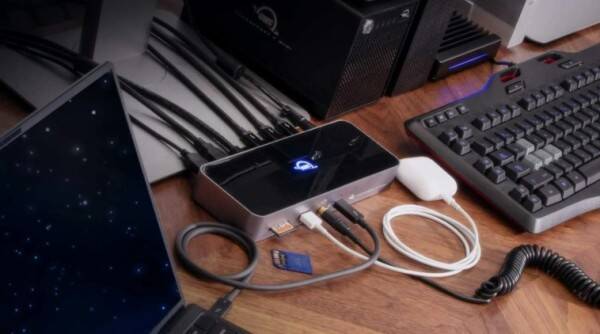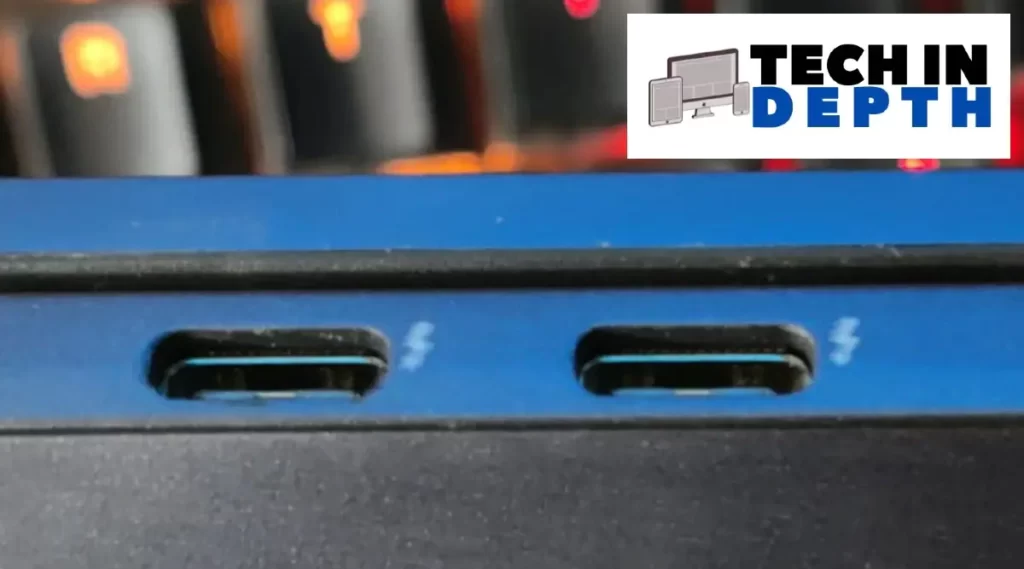Here’s a basic understanding of Thunderbolt ports and who needs them.
Thunderbolt 3? Thunderbolt 4? If you have bought a laptop or have considered buying one in the past few years, chances are you have come across the Thunderbolt term before. But what are these lightning bolt-denoted ports and how are they different from regular USB C ports?
These are some of the topics we will be understanding in today’s edition of Tech InDepth. Before we get to Thunderbolt ports, here is a quick look at USB ports that we’ve seen over the years.
The first USB 1.0 was invented in the 90s, and since, we have had stops at USB 2.0, USB 3.1, USB 3.2 and the new USB 4.0. However, when we say USB 3.1, USB 4.0, etc we mean the iteration of the USB tech, and not the physical shape of the connector.
That would be the USB Type-A or the more recent Type-C ports we see.
This is why USB 2.0 ports can only be Type-A, USB 3.1 ports can be both Type A and Type C, while USB 3.2 ports can only be Type-C.
What we need to understand here is that the USB Type-C shape is merely a connector shape and that it can be used by other technologies, like Thunderbolt.
What is Thunderbolt?
Thunderbolt is a connectivity solution that was developed by Intel and Apple. The aim was to develop a universal connectivity measure that could support both display and DC power via the same port.
During its early years, Thunderbolt 1 and 2 ports were not based on the modern USB Type-C design. Instead they used the Mini DisplayPort shape. However, the technology became much more popular after Thunderbolt 3 when the USB Type-C shape was made the base and the royalties for adding a Thunderbolt port to machines were removed in 2017.
Thunderbolt 4
Today, the latest version of the tech is Thunderbolt 4, which was launched in 2020 and is still based on USB Type-C, and is being spotted on more and more machines. Thunderbolt ports will feature a lightning-shaped icon next to the port itself to distinguish the port from a regular USB Type-C port.
With a Thunderbolt 4 port, users can connect a laptop with, say, an external monitor and a charging cable, via the same port.
Thunderbolt 4 ports have a 40Gbps (gigabits per second) bidirectional bandwidth. That means data can be moved to and from external storage quickly, and that up to five Thunderbolt devices can be connected for flexible device configurations.

Versatility is just one aspect of it. Thunderbolt ports also let you use something called ‘Docking’. This lets you use multiple ports simultaneously in one Thunderbolt port via a supported adapter. They can also let you connect a monitor to a Thunderbolt-enabled PC and use the single cable for both display and power output, making it a ‘one-cable solution’.
Do you need Thunderbolt ports?
Thunderbolt ports are faster than regular USB Type-C ports in terms of bi-directional data transfer, and also offer additional capabilities like the ones we mentioned above. But do you need them?
Finding a laptop or desktop with USB Type-C connectivity (USB 3.1 and USB 3.2) may be easier than finding one with Thunderbolt 4 connectivity. Know that if your needs are basic enough to be fulfilled by, say, a USB 3.2 Type-C port (in terms of data transfer) then you may not need Thunderbolt support, and may not even use the extra capabilities it offers.
On the other hand, if you regularly transfer large files between devices and storage or if you want to daisy-chain multiple 4K monitors to your machine, you will need Thunderbolt 4 ports.
Note that all USB-C based Thunderbolt ports not only support all USB-C tasks, but also support faster transfers. So, if you think you may need Thunderbolt connectivity later down the line on your next laptop, you should consider looking for one ahead of time.
Source: indianexpress.com


